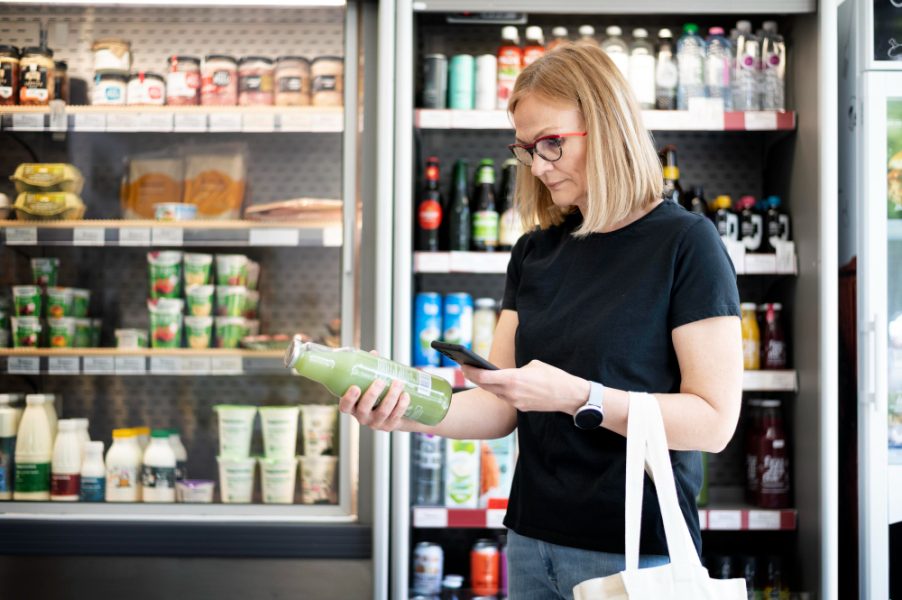
Delhi HC seeks Centre’s stand on PIL over QR codes on meds, food products

The Delhi High Court on Tuesday (May 9) sought the Centre’s response to a public interest litigation seeking that QR codes be attached to all medicinal and food products for the benefit of the visually impaired.
A Bench of Chief Justice Satish Chandra Sharma and Justice Subramonium Prasad issued a notice to the central government, the Food Safety and Standards Authority of India, and the Drugs Technical Advisory Board. The petition was filed by The Kapila and Nirmal Hingorani Foundation and Dr Smriti Singh and Shobhan Singh, both visually impaired.
How QR codes will help
Lawyer Aman Hingorani, representing the petitioners, explained that a smartphone with accessibility feature can scan the Quick Response (QR) code containing key information about the product and convert it to speech format for the benefit of the visually impaired.
The counsel told the court that last year, the Centre mandated the affixing of a bar code or QR code containing key information on certain medicinal products, showing the desirability, feasibility, and capability of the authorities to provide for the affixation of QR codes on products.
Also read: Explained: How QR codes work, and how they are hacked
In the petition filed through lawyer Shweta Hingorani, the petitioners stated that employing QR codes would increase the efficacy of medical care for visually impaired patients by reducing medication errors, incorrect dosages, unintended drug interactions, and side effects, as well as combat the growing menace of counterfeit and substandard medicine.
About equality and dignity
The petition added that visually impaired persons have the constitutional and fundamental right to equality and leading a life with dignity, and there was a huge scope for using the capabilities of smartphones, along with QR codes, to help them identify products and access the relevant information.
“In order to secure effective access to medicines, food, cosmetics and other consumer products, it has become imperative and expedient to affix Quick Response (QR) codes in a proper manner and containing the requisite information so that a smartphone with accessibility feature could then scan the QR Code with its stored data or information about the particular product, and decode it to convert the text to speech format of the application,” the petition said.
Also read: It’s in black & white: QR code scams happen, but you can prevent them
“Comprehensive measures or guidelines on the affixing of QR codes on medicines, food, cosmetics, and other consumer products simply do not exist in the country. The respondent authorities have, to the best knowledge of the petitioner Nos. 2 and 3, failed to take comprehensive measures or frame comprehensive guidelines in this regard,” stated the plea.
The petition prayed for directions to the Centre to secure effective access for visually impaired persons to medicines, food, cosmetics, and other consumer products by taking comprehensive measures on affixing QR codes on such products.
(With agency inputs)


